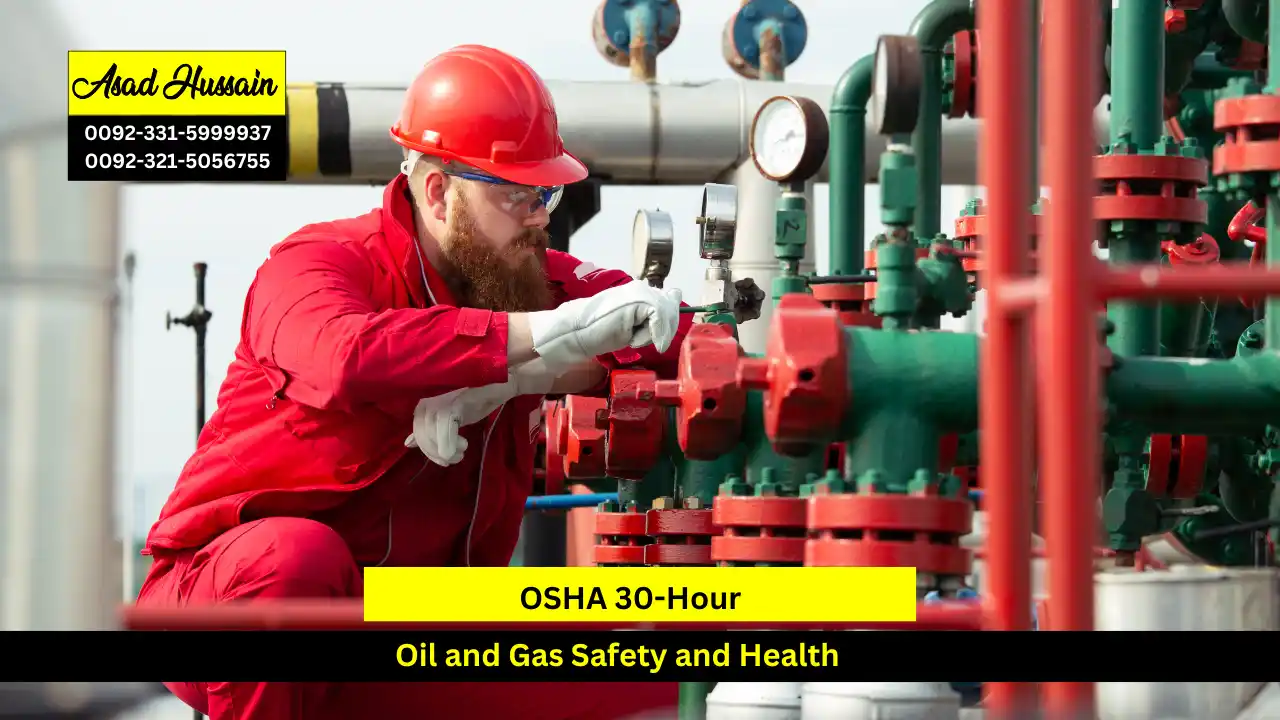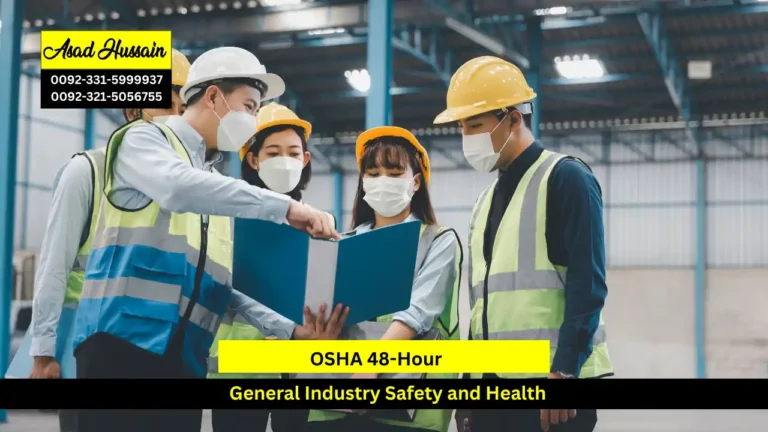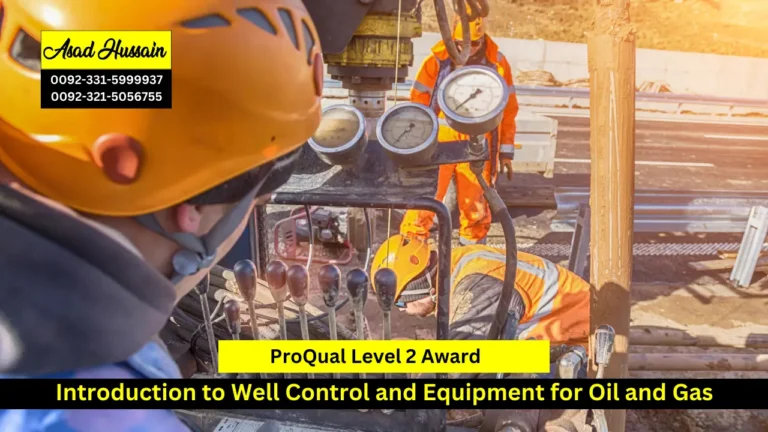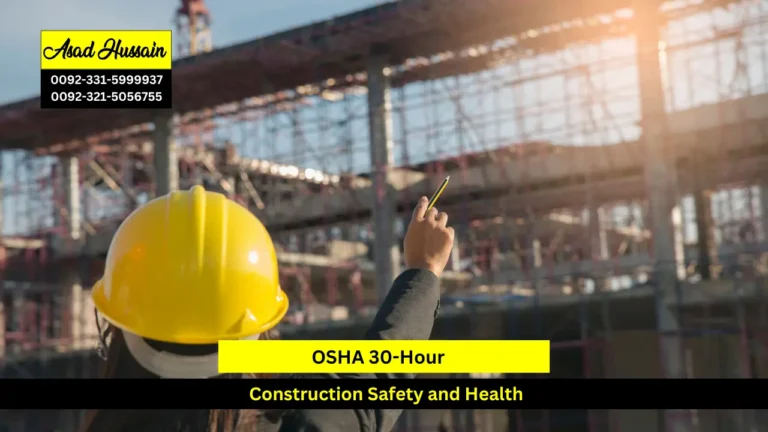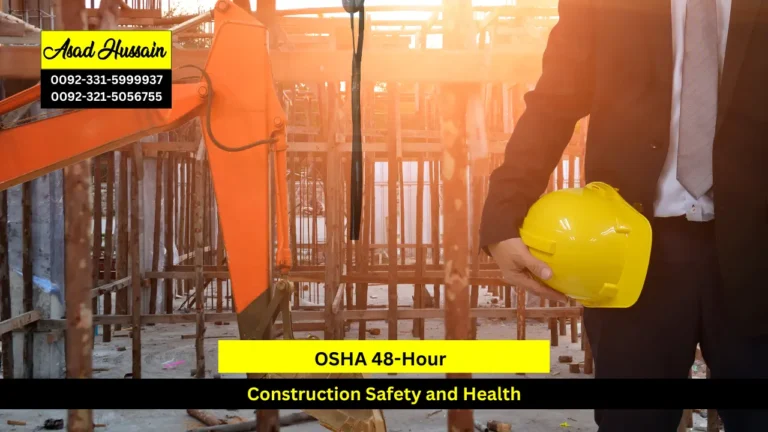The oil and gas industry is one of the most critical sectors of the global economy, providing the energy needed to power homes, industries, and transportation. However, it is also one of the most hazardous industries, with workers facing numerous risks daily. The Occupational Safety and Health Administration (OSHA) offers specialized training to ensure safety and health in this high-risk sector. The OSHA 30-Hour Oil and Gas Safety and Health course is a comprehensive program designed to equip workers and supervisors with the knowledge and skills necessary to maintain a safe working environment.
The OSHA 30-Hour Oil and Gas Safety and Health course is a part of OSHA’s Outreach Training Program, which aims to promote workplace safety and health by providing training to workers and employers. This specific course focuses on the unique hazards associated with the oil and gas industry and is ideal for safety directors, foremen, field supervisors, and workers involved in drilling, servicing, and production operations.
The OSHA 30-Hour Oil and Gas Safety and Health course is an essential investment for anyone working in the oil and gas industry. By equipping workers with the knowledge and skills to identify and mitigate hazards, the course plays a crucial role in ensuring the safety and health of those in this vital sector. Whether you are a worker looking to enhance your safety knowledge or an employer seeking to improve workplace safety, this course is a valuable resource that can make a significant difference in the oil and gas industry’s safety standards.
Program Highlights
Mandatory Units
- Introduction to OSHA and the Oil and Gas Industry
- Respiratory Protection
- Confined Space Entry
- Electrical Safety
- Fire Safety and Prevention
- Safety and Health Programs
- Safety Management Systems
- Hazard Recognition and Control
- Emergency Response Planning
- Personal Protective Equipment (PPE)
- Environmental Safety Practices
- Machine Guarding and Safety
- Process Safety Management (PSM)
- Health Hazards in the Oil and Gas Industry
- Chemical Safety and Hazard Communication
- Basic Understanding of Workplace Safety:
- Recommendation: Participants should have a general awareness of workplace safety practices. Previous experience or training in safety is beneficial but not required.
- Work in the Oil and Gas Industry:
- Requirement: The course is specifically tailored for individuals working in or associated with the oil and gas sector. It is designed to address the unique safety challenges and regulations pertinent to this industry.
- Language Proficiency:
- Requirement: Participants should have a good command of English, as the course materials and instruction are provided in English. Non-native speakers might need to ensure they can understand the technical terminology used in the course.
- Access to a Computer and Internet:
- Requirement: For online courses, participants need a reliable computer or device with internet access. The course may include online modules, quizzes, and resources that require digital access.
- Commitment to Completing the Course:
- Requirement: The course is designed to be comprehensive and requires a time commitment of approximately 30 hours. Participants should be prepared to dedicate time to complete all modules, assignments, and assessments.
- Minimum Age Requirement:
- Requirement: Participants are typically required to be at least 18 years old. This is due to the nature of the training and the regulations concerning occupational safety and health.
- Employer Support (if applicable):
- Recommendation: For those who are enrolled through their employer, it is helpful to have the employer’s support to accommodate any necessary time off for training and to apply the learned safety practices in the workplace.
Additional Recommendations
- Previous Safety Training: While not mandatory, having prior training in safety standards or general safety practices can enhance understanding and application of the course content.
- Industry-Specific Knowledge: Familiarity with the specific operations and hazards of the oil and gas industry will help participants grasp the training material more effectively.
Introduction to OSHA and the Oil and Gas Industry
- Outcome: Participants will understand OSHA’s role and regulatory framework, including its specific standards for the oil and gas industry. They will gain insight into the unique safety and health challenges faced in the sector and the importance of OSHA compliance in mitigating risks.
Respiratory Protection
- Outcome: Participants will be able to identify respiratory hazards in the oil and gas industry, select appropriate respiratory protection, and understand the requirements for proper use, maintenance, and fit-testing of respiratory equipment.
Confined Space Entry
- Outcome: Participants will learn the procedures for safe entry into confined spaces, including hazard assessment, permit requirements, atmospheric testing, and emergency preparedness to protect workers in confined environments.
Electrical Safety
- Outcome: Participants will be able to recognize electrical hazards, apply safe work practices, and implement lockout/tagout procedures to prevent electrical accidents and injuries.
Fire Safety and Prevention
- Outcome: Participants will understand the fire hazards associated with oil and gas operations, including preventive measures, the use of fire extinguishers, and emergency procedures to effectively manage fire risks.
Safety and Health Programs
- Outcome: Participants will be equipped to develop and implement effective safety and health programs tailored to the oil and gas industry, including program elements, employee involvement, and ongoing program evaluation.
Safety Management Systems
- Outcome: Participants will gain knowledge in establishing and maintaining safety management systems, focusing on the integration of safety into organizational processes and the continuous improvement of safety performance.
Hazard Recognition and Control
- Outcome: Participants will learn techniques for identifying workplace hazards, assessing risk, and implementing control measures to mitigate or eliminate potential hazards in the oil and gas industry.
Emergency Response Planning
- Outcome: Participants will be able to develop and implement comprehensive emergency response plans, including procedures for evacuation, communication, and coordination with emergency services.
Personal Protective Equipment (PPE)
- Outcome: Participants will understand the selection, use, and maintenance of personal protective equipment specific to the oil and gas industry, and recognize the importance of PPE in preventing injuries and illnesses.
Environmental Safety Practices
- Outcome: Participants will be knowledgeable about environmental regulations and best practices for minimizing environmental impact, including waste management and spill response in oil and gas operations.
Machine Guarding and Safety
- Outcome: Participants will learn the requirements for machine guarding to protect workers from mechanical hazards, including the proper installation, maintenance, and use of safety guards and devices.
Process Safety Management (PSM)
- Outcome: Participants will gain a thorough understanding of Process Safety Management principles, including hazard analysis, safety systems, and risk management strategies specific to process operations in the oil and gas industry.
Health Hazards in the Oil and Gas Industry
- Outcome: Participants will recognize common health hazards in the oil and gas industry, such as exposure to hazardous substances, noise, and ergonomic issues, and learn strategies for managing and mitigating these risks.
Chemical Safety and Hazard Communication
- Outcome: Participants will be able to implement effective chemical safety and hazard communication programs, including proper labeling, Safety Data Sheets (SDS), and employee training to ensure safe handling of chemicals.
The OSHA 30-Hour Oil and Gas Safety and Health course is designed for a diverse group of individuals working in the oil and gas industry. This includes safety directors, field supervisors, safety professionals, and workers who are directly involved in drilling, servicing, and production operations. It is particularly beneficial for those in supervisory roles who are responsible for implementing safety programs and ensuring compliance with industry regulations. Additionally, the course is valuable for any employee who seeks to deepen their understanding of safety practices and hazard management specific to the oil and gas sector. By catering to both experienced professionals and those new to the industry, the course equips participants with the essential knowledge and skills to foster a safer work environment and address the unique challenges of the oil and gas industry.

